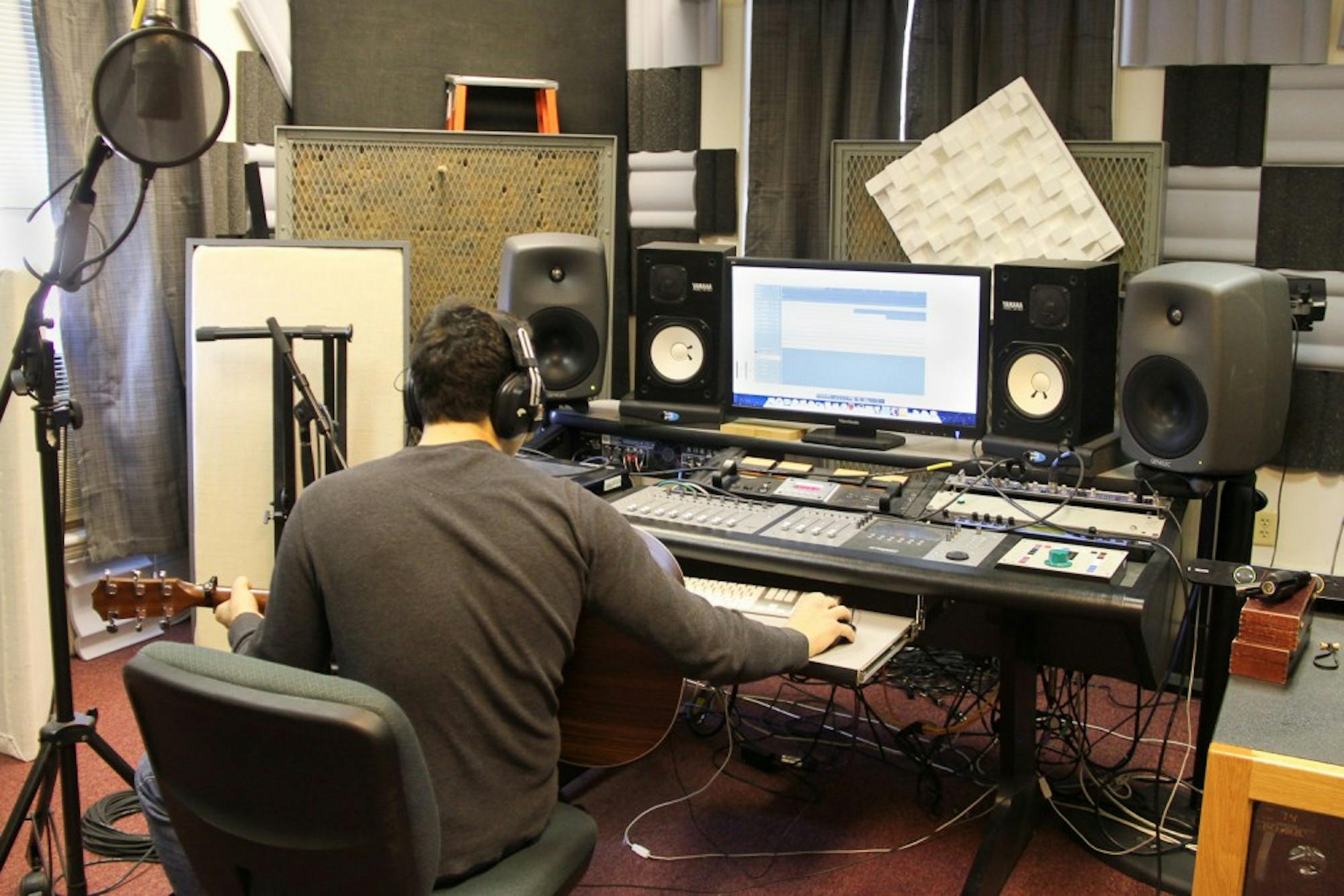Back when Elvis Presley and Johnny Cash were the big names in American music, Dartmouth hosted the world’s first competition in electronic music. Yes, you read that right.
Under the direction of former music professor Jon Appleton, the College opened its first electronic music studio in 1968. Located in the Hopkins Center, the Hardy Broadcast Studio included a Moog synthesizer and allowed students to take electronic music composition classes for the first time.
Dartmouth’s current studio, Bregman Electronic Music Studio, is located in Hallgarten Hall. Undergraduate and graduate students use the computer workstations and digital equipment to compose and research digital music.
Access is restricted to undergraduate students who have taken digital music classes, but after completing this course, they are allowed to use the space for creative work. Students can record projects in the Bittrax recording room, and a technical director or graduate student can offer assistance.
Music professor Spencer Topel said the studio includes faculty offices, a post doctorate room, graduate room and other workspaces where students can work on publications, research and compositions. The studio also puts on multimedia installations, he said.
While most programs are tailored to graduate students, undergraduates can take some graduate courses, Topel said. In the fall, students taking advanced sound design and digital musics graduate students together put on the Sound/Unsound exhibit.
“It was a joy to see graduates and undergraduates come together collaboratively to solve technical and artistic problems and to present their results publicly to the community,” Topel said.
Sebastian Bierman-Lytle ’15, a student who uses the studio, said he appreciated interacting with visiting artists and composers.
“A visitor to the composers forum showed how he created a turntable from a bicycle and a tape player,” Bierman-Lytle said. “He improvised a piece, then allowed us to play around with his instrument.”
Currently, there are six students enrolled in Dartmouth’s Digital Musics graduate program. These students explore the relationship between music, design and computer science.
Carlos Dominguez, a student in the program, said he enjoyed the installation shows put on by people who use the studio, such as the Sound/Unsound exhibition. Andrew Sarroff, a computer science Ph.D. student, said he uses the space for researching music computation.




